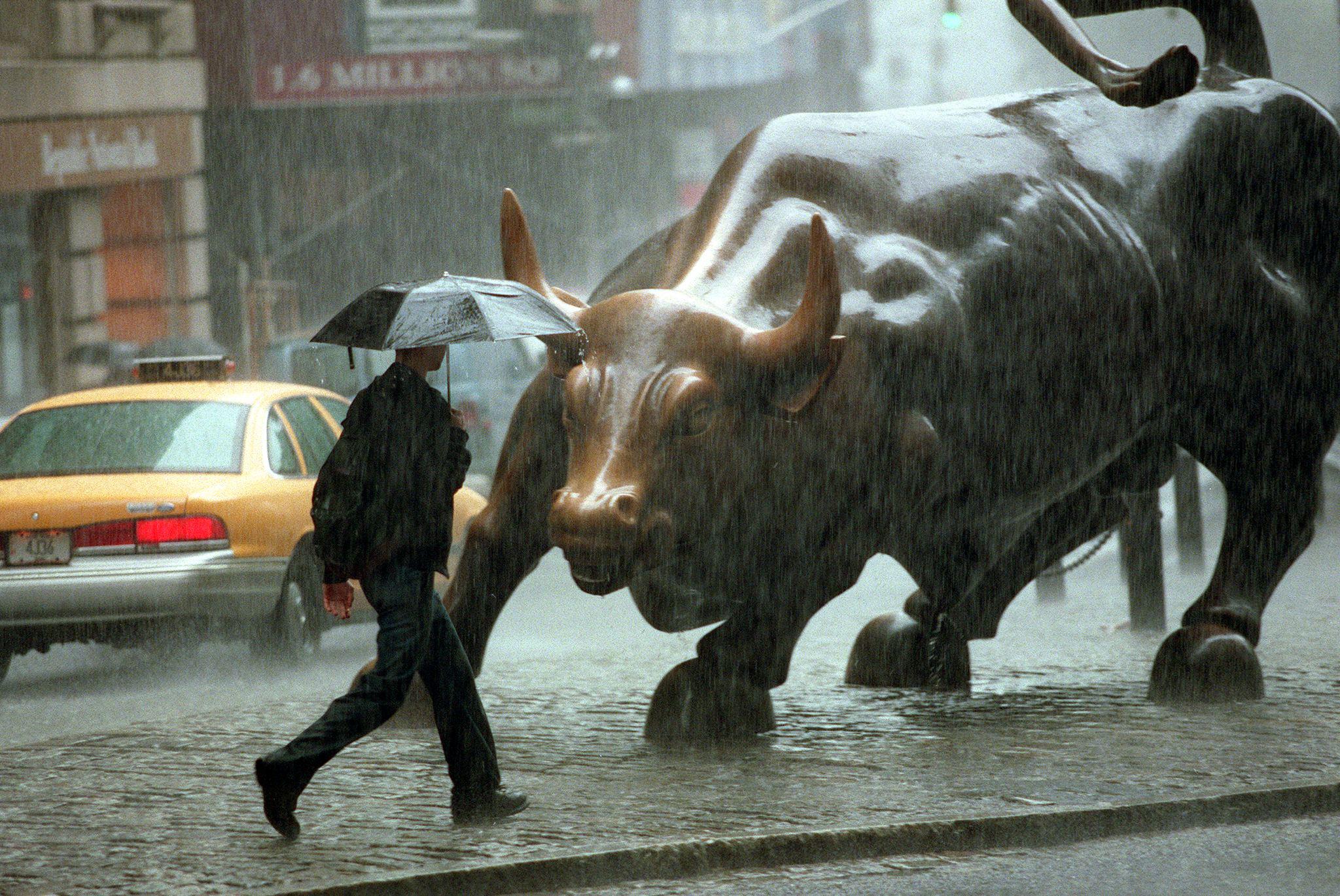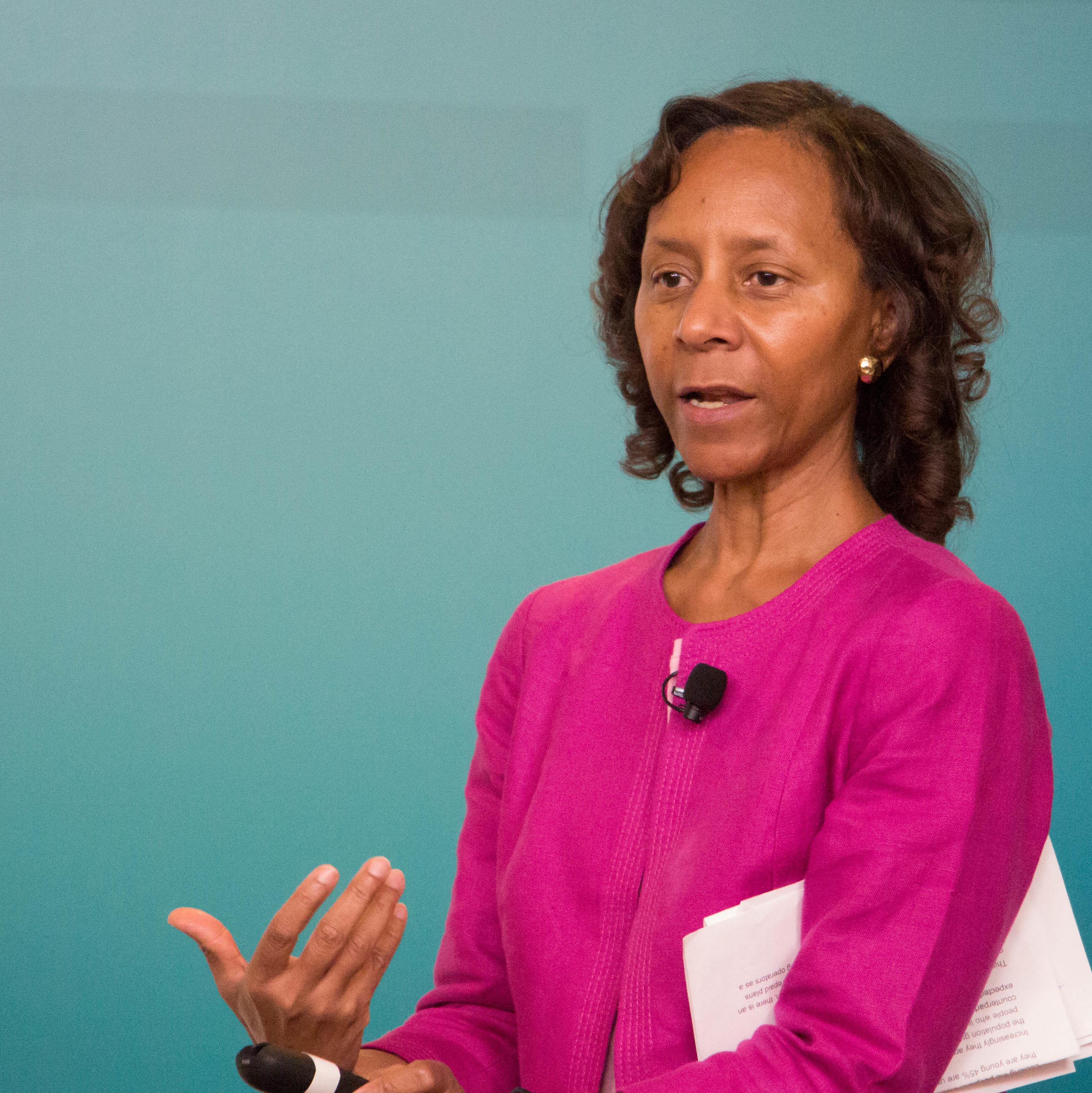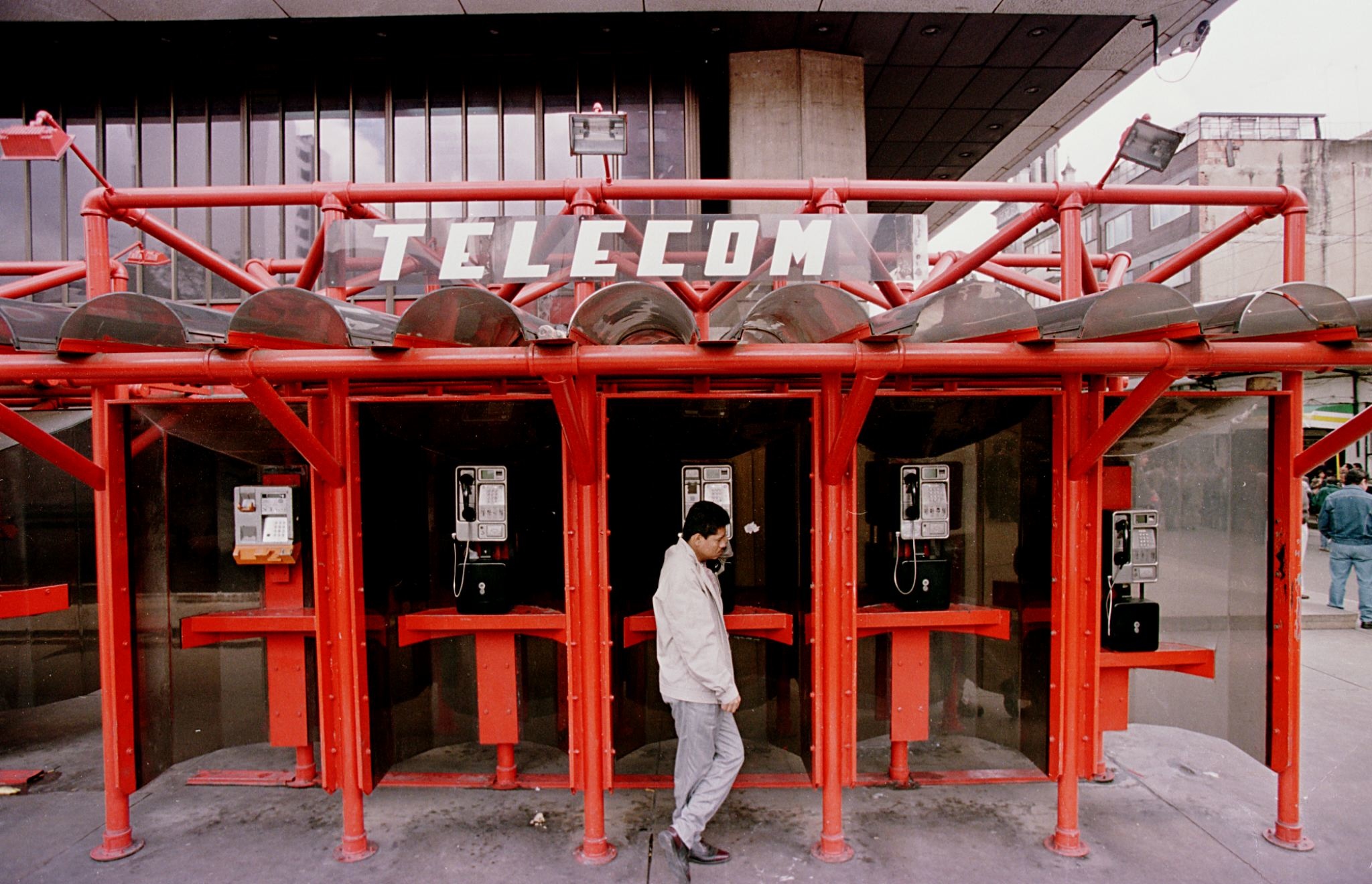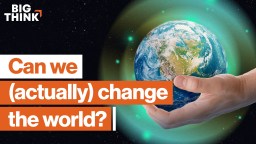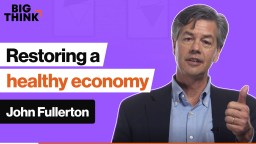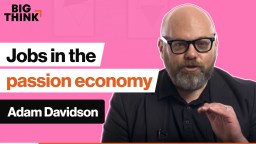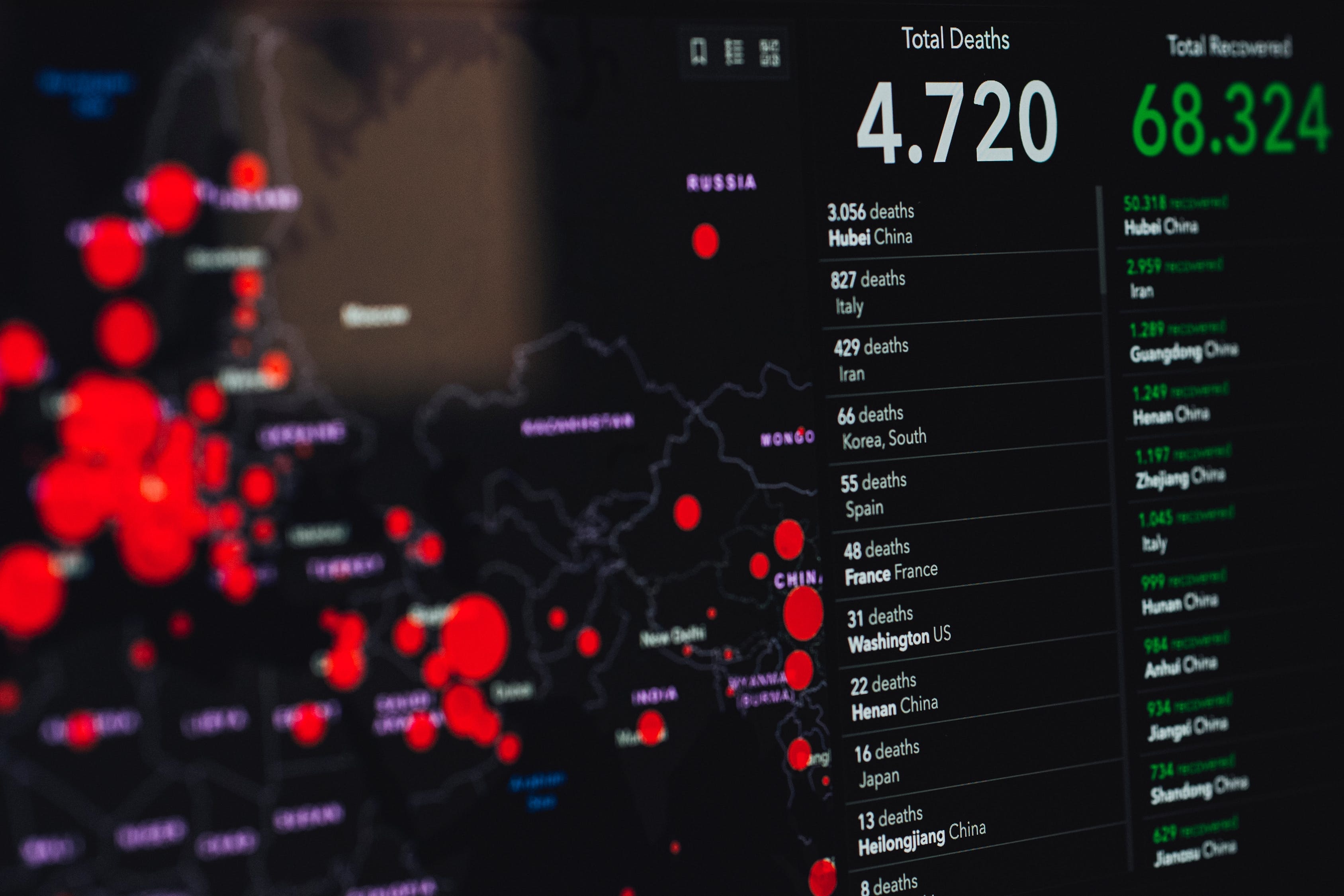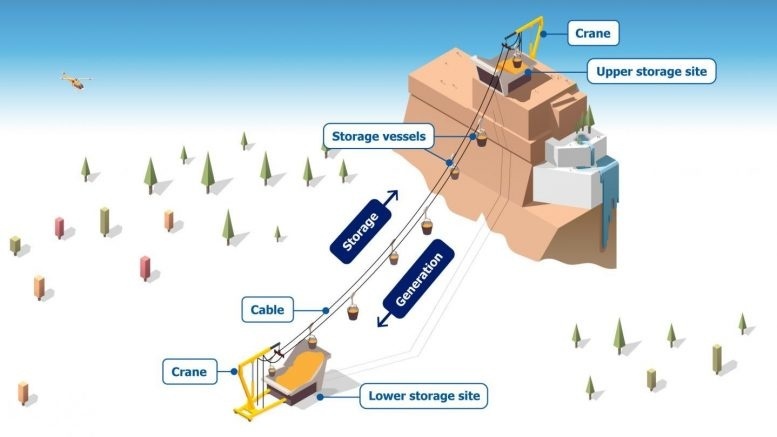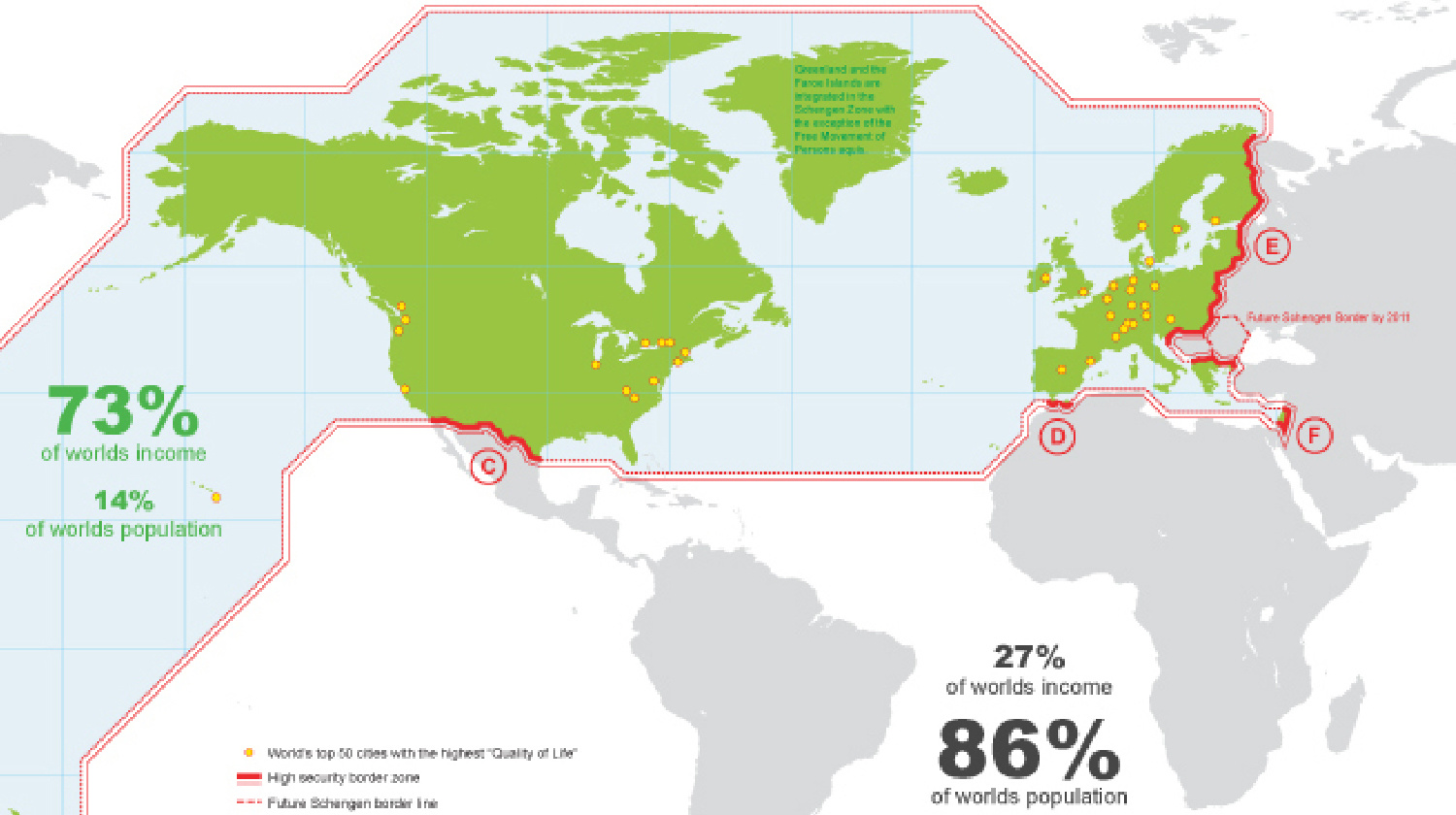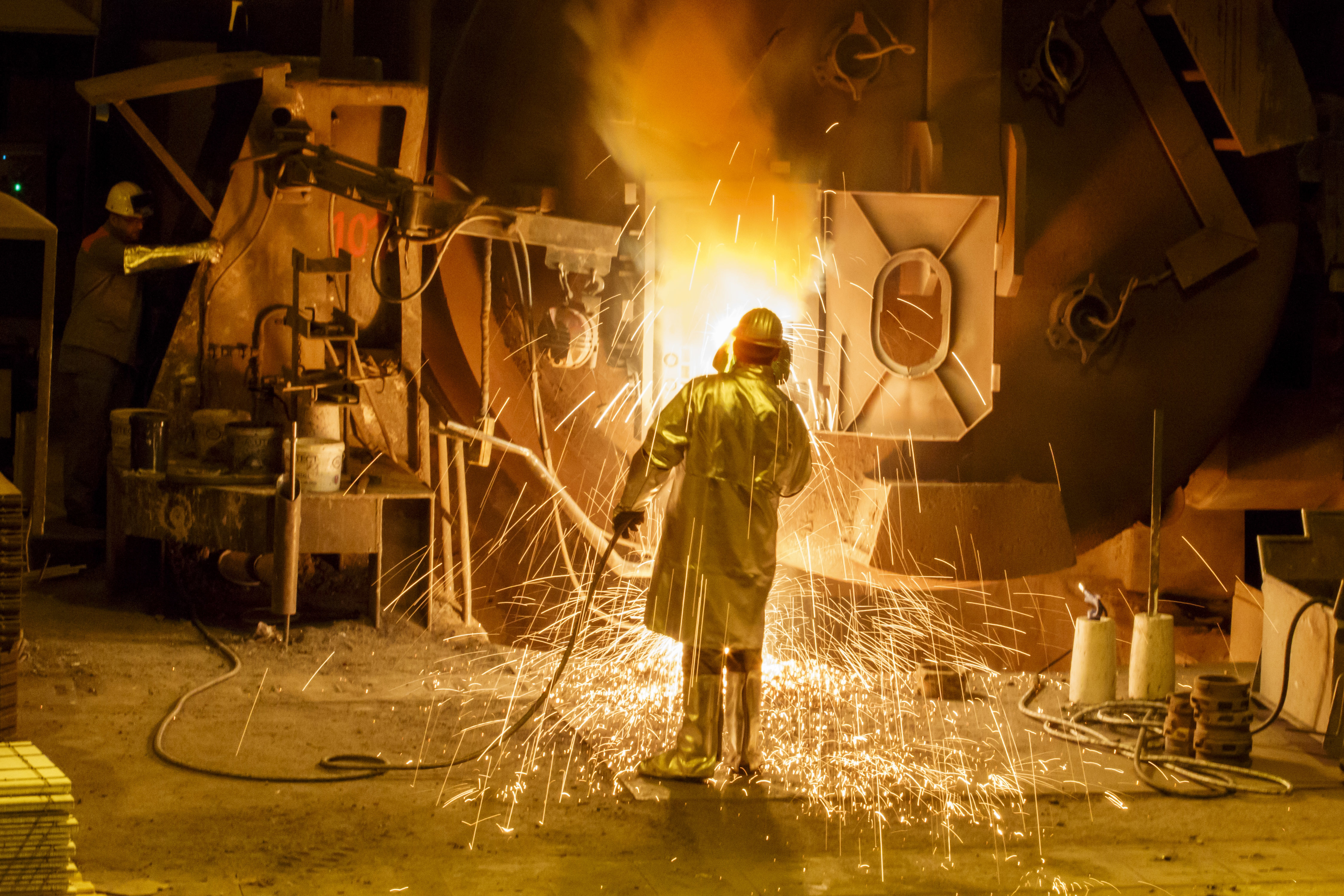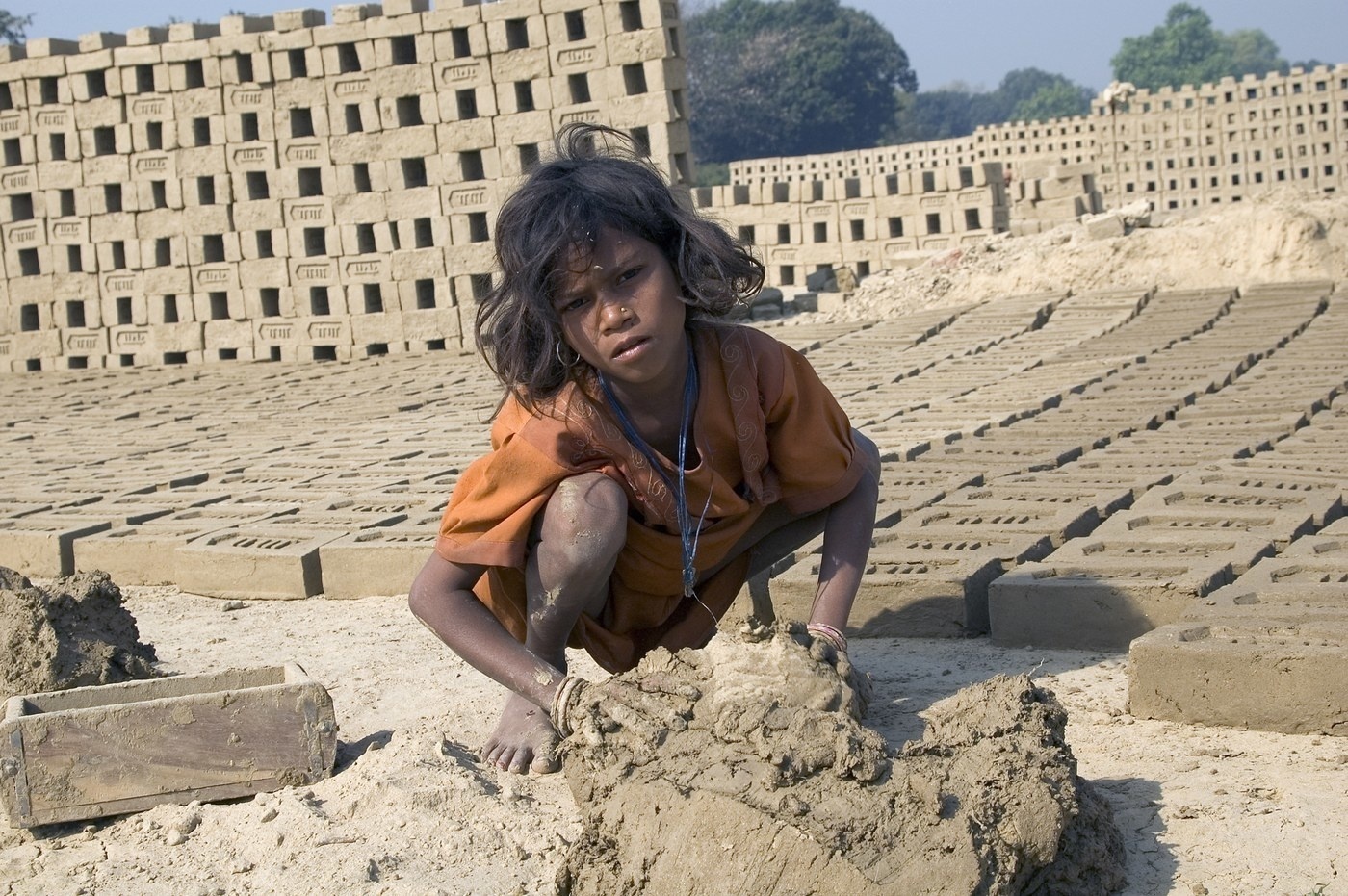global development
The design of a classic video game yields insights on how to address global poverty.
Escaping the marshmallow brain trap.
▸
6 min
—
with
The British economic anthropologist Jason Hickel proposes “degrowth” in the face of recession.
This real estate training covers property management, construction cost estimation, social housing, and much more.
The AI constitution can mean the difference between war and peace—or total extinction.
▸
5 min
—
with
She’s the reason you’re able to work and chat from home.
Singapore has approved the sale of a lab-grown meat product in an effort to secure its food supplies against disease and climate change.
Apple sold its first iPod in 2001, and six years later it introduced the iPhone, which ushered in a new era of personal technology.
We have the money to change the world. What’s standing in the way?
▸
4 min
—
with
Can we end world hunger by 2030? Thanks to a new program, the data for it is all there.
The Himalayan Kingdom best known for its concept of “Gross National Happiness.”
Having lots of kids is great for the success of the species. But there’s a hitch.
Coronavirus has given us the opportunity to reframe and rethink society from its foundation.
▸
5 min
—
with
Transparency no doubt keeps organizations more accountable, but public companies need to reconnect with their true owners.
▸
4 min
—
with
How will the current challenges to the global economy pressure it to change?
▸
4 min
—
with
The ability to interact peacefully and voluntarily provides individuals a better quality of life.
▸
5 min
—
with
The rules have changed, and so have we.
▸
4 min
—
with
Flattening the curve on panic and disinformation.
Jordan Hall speculates on the fate of the species.
Can reading increase empathy and charitable thinking?
More than ever before, we’re aware of the tragedy and suffering that goes on in the world. But does that mean we can do more about it?
▸
4 min
—
with
Cities of the future won’t just be incredibly populated, they’ll also be smarter than ever.
▸
3 min
—
with
Researchers propose a gravity-based system for long-term energy storage.
Recent years have seen countries across the African continent investing deep into the tech industry. Rwanda is angling to get ahead of the pack.
A review of the global “wall” that divides rich from poor.
The global inflation rate is currently around 3.6%, but is much higher in these countries
Is the pessimism about jobs totally unwarented?
Even if automation makes human trafficking economically inefficient, that alone won’t end this unethical practice.


